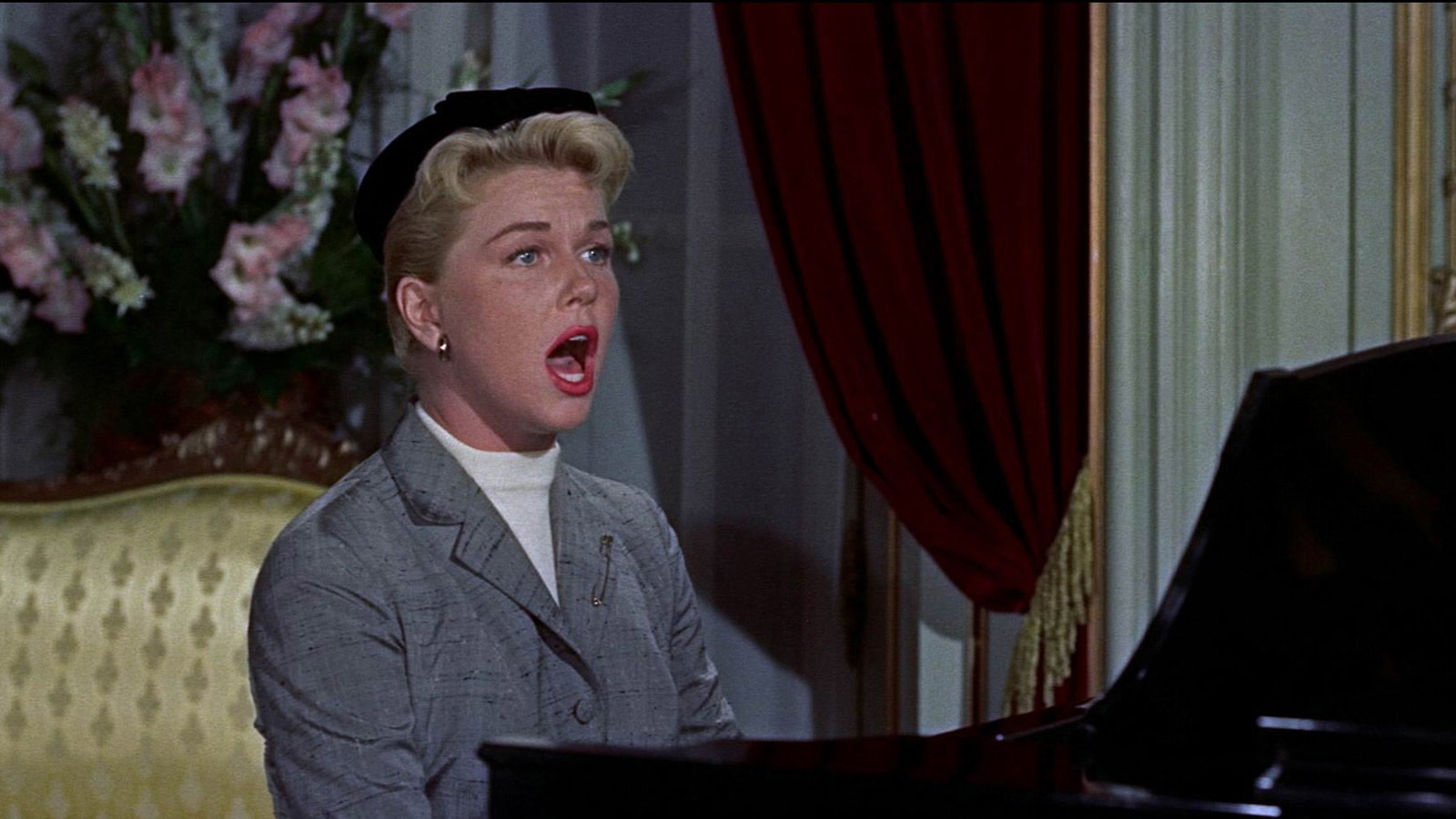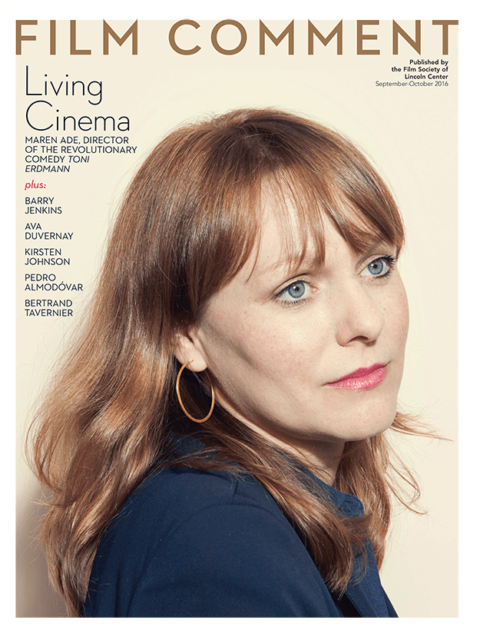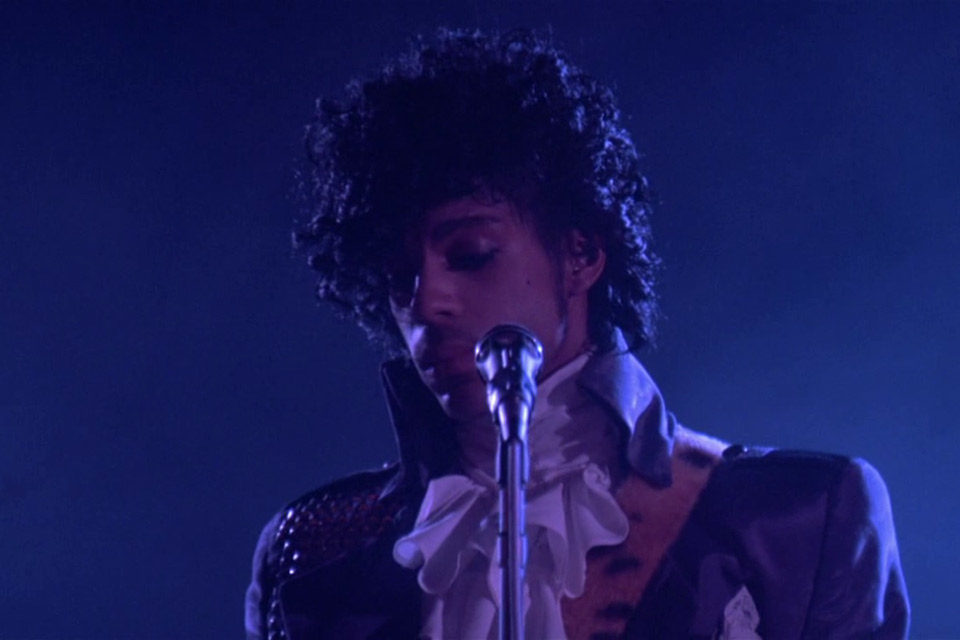By Andrew Chan in the September-October 2016 Issue

Playing Along: What a Feeling
Movie theme songs no longer carry the same cultural currency,
but like our hearts, the form will go on
Amid the expertly sustained mayhem of Hitchcock’s 1956 The Man Who Knew Too Much, the sound of Doris Day warbling “Que Sera, Sera (Whatever Will Be, Will Be)” intrudes like an unwelcome guest, threatening to throw the tightly wound plot off course. What could such a cloying, preachy, melodically inert trifle have to do with the breathless thriller it so unceremoniously interrupts—not once, but twice? No less an icon than Bernard Herrmann, the film’s composer, pounced on the chance to bemoan pop’s encroachment on the tradition of symphonic scores, which he himself had pushed to auteurist heights of eccentricity. “What do you want a piece of junk like that in the picture for?” he quipped.

From the September-October 2016 Issue
Also in this issue
Yet the longevity of “Que Sera, Sera” suggests how the afterlife of a movie theme song can throw its source film into relief and, in some cases, leave it in the dust. Before the home-video era, when an old hit record stood a better chance of lingering in the pop-culture bloodstream than many movies, theme songs were not just an incitement to buy a ticket but also a kind of memento, sustaining the experience for audiences who might never get a chance to see the film again. Sometimes performed on screen, but more typically emerging as non-diegetic accompaniment for a climactic moment or the closing credits, these songs offer a quick measurement of a film’s emotional temperature, often lending lyrical and melodic form to what the characters are helpless to articulate. At times, they outgrow their original contexts. Almost two decades after “Que Sera, Sera” won an Oscar, Sly and the Family Stone released its languid cover version, translating Day’s come-what-may insouciance into a post-’60s political fatalism that seemed worlds away from classic Hollywood.
Gone are the days when theme songs regularly achieved cultural ubiquity, but in one form or another, they have been a constant presence throughout much of film history. Herrmann’s disdain for pop as both marketing ploy and narrative disruption echoed concerns that had persisted since the silent era. Film music was supposed to function (in Aaron Copland’s words) as the “small lamp that you place beneath the screen to warm it”—effective but only barely perceptible. Studios had perfected a style of music that could manipulate the viewer’s emotions without disturbing the seamless illusion onscreen. By introducing lyrics to the soundtrack, the theme song presented an even greater distraction than most attention-grabbing scores. In the wake of Dimitri Tiomkin’s wildly successful theme for High Noon in 1952, “Do Not Forsake Me, Oh My Darlin’,” film composers began to fear that their “invisible art” was being replaced by an onslaught of isolated melodies designed to expand a movie’s imprint to the airwaves.

Purple Rain
Popular music had been an important feature of the movie-going experience since the early 20th century, when “illustrated songs”—preexisting tunes coupled with images, usually presented as a slideshow before a feature—became an attraction at vaudeville houses and nickelodeons. But it wasn’t until the advent of talkies that the best songwriting talents, lured by film’s potential for highly lucrative mass dissemination, started flocking to the movie industry, setting Hollywood up to rival Broadway as a major source of the American songbook. The urge to cross-pollinate between cinema and music is as old as the industries themselves, though nowadays we tend to identify the apex of such brand-extending practices with the media conglomeration of the 1980s, a decade that saw the consistent chart presence of soundtracks like Purple Rain, Footloose, Top Gun, and Flashdance.
Even with the great strides that have been made in the study of film music, critics are still apt to treat the theme song as ancillary to the cinematic enterprise. But late into the 1990s, one could still get the gist of mainstream movie culture by listening to what was playing on MTV or Top 40 radio. As loud and monstrous as any blockbuster, Céline Dion’s recording of “My Heart Will Go On” made it impossible to live almost anywhere in the world in 1997 and ’98 without being in constant aural contact with James Cameron’s Titanic. Octave-leaping power ballads became so prevalent that you could find yourself watching Con Air or Armageddon and still be sneak-attacked by a love song by schlockmeister Diane Warren, or have your Space Jam experience suddenly upended by a self-help anthem from R. Kelly.
If the now-bygone heyday of the theme song inspires an embarrassing pang of nostalgia in this writer, part of it has to do with the almost self-parodying absurdity found in these incongruous matchups of sound and image. If Doris Day’s ultimately innocuous musical cash-ins in The Man Who Knew Too Much raised Herrmann’s eyebrows, what would he have made of an epic romance about a 1912 maritime disaster culminating with Céline Dion in all her chest-thumping, triumphalist glory? How would he have reconciled the medieval visions in Robin Hood: Prince of Thieves with the plodding, pleading soft rock of Bryan Adams? That such dissonances could so quickly consolidate into a dominant Hollywood style, without a trace of irony, demonstrates on the one hand cinema’s capacity to normalize various kinds of illogic, and on the other the sheer audacity that money can buy. In theory, the pop theme song represented Hollywood’s move toward modernization and away from the classical influences of film music’s old guard. As a marketing tool, it revealed the industry’s desperation to appeal to young audiences in thrall to the ascendancy of rock ’n’ roll. But many of the theme songs that came to define film music in the 1960s and ’70s—Oscar winners like “For All We Know,” “The Way We Were,” and “You Light Up My Life”—offered a prototype for mild easy-listening balladry that, in hearkening back to Tin Pan Alley, must have seemed like a refuge from pop’s increasingly provocative sound and subject matter. Up until its final blaze of glory in the 1990s, the theme song remained one of music’s most predictable and conservative forms.

Chi-Raq
While the politically charged blaxploitation soundtracks of Curtis Mayfield (Superfly) and Marvin Gaye (Trouble Man) serve as notable exceptions, the theme songs that endure are, more often than not, agents of generality and constancy. In Tootsie, the jolt of seeing a cross-dressing Dustin Hoffman fall in love with an oblivious Jessica Lange is smoothed out by the lovely strains of Stephen Bishop’s adult-contemporary hit “It Might Be You,” just as the potentially fraught interracial romance in The Bodyguard is overshadowed by Whitney Houston’s magisterial “I Will Always Love You.” Yet music, like the cinematic image, bears the mark of its own temporal specificity, placing the theme song’s drive toward a timeless universality in constant friction with its already-outdated sonic approach.
The dearth of good movie romances seemed to have dealt a final blow to a song tradition so reliant on Hallmark effusions of codependency, and a quick glance at the Academy Award nominees for Best Original Song in the new millennium indicates a precipitous decline in relevance. It’s tempting to think of the movie theme song as an artifact that, like the commercial jingle, belongs to a less ironic and media-savvy time. But its recent reappearance on the charts proves that each old trend must have its own long death rattle. Lately, big franchise fare has taken to reviving the tradition, and whether it’s the acoustic folk of Taylor Swift’s “Safe and Sound” in The Hunger Games, the pop-R&B of Pharrell Williams’s “Happy” in Despicable Me 2, or the Sia-penned electro-theatricality of Rihanna’s “Sledgehammer” in Star Trek Beyond, it all amounts to some pop star insisting that these films have something to do with the indomitable human spirit.
What’s glaringly absent is the sense that song and film exist in a reciprocal relationship, both seeping into the culture and feeding off of each other in an endless loop. Which is to say that, at its height, the theme-song phenomenon was built on the assumption that both film and music could achieve some degree of lasting immortality together—a dubious proposition at a time when audiences across both mediums are accused of being fickle and segmented. Songs themselves have not vanished from cinema: in the past year, films as varied as Spike Lee’s Chi-Raq, Felix van Groeningen’s Belgica, and Tim Sutton’s Dark Night have offered interesting ways of thinking about the contemporary soundtrack. But if the intermittent resurgence of the radio-ready theme song reminds us of a time when movies and music seemed to matter more, it’s just because the story of their cultural primacy has been written for so long in dollar signs.
Andrew Chan has been contributing to Film Comment since 2008.







